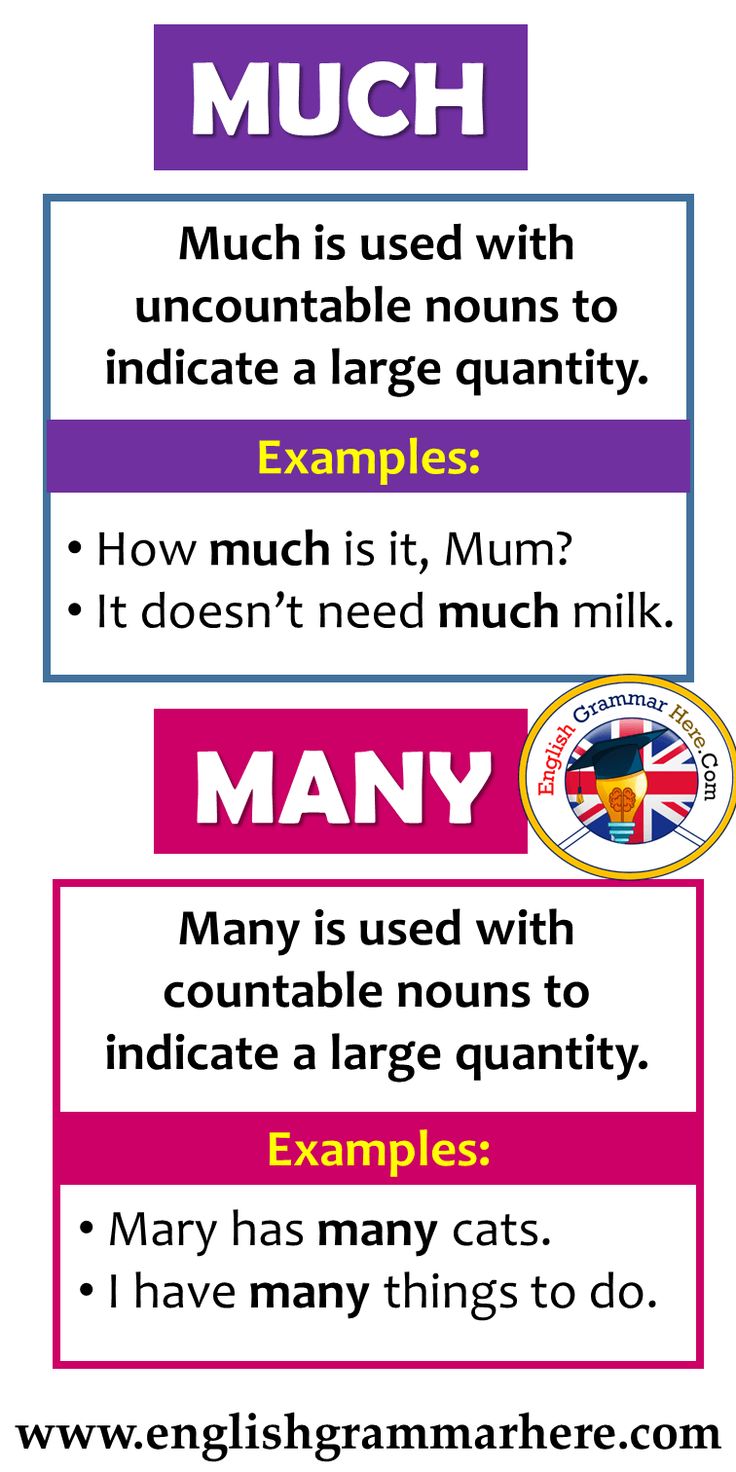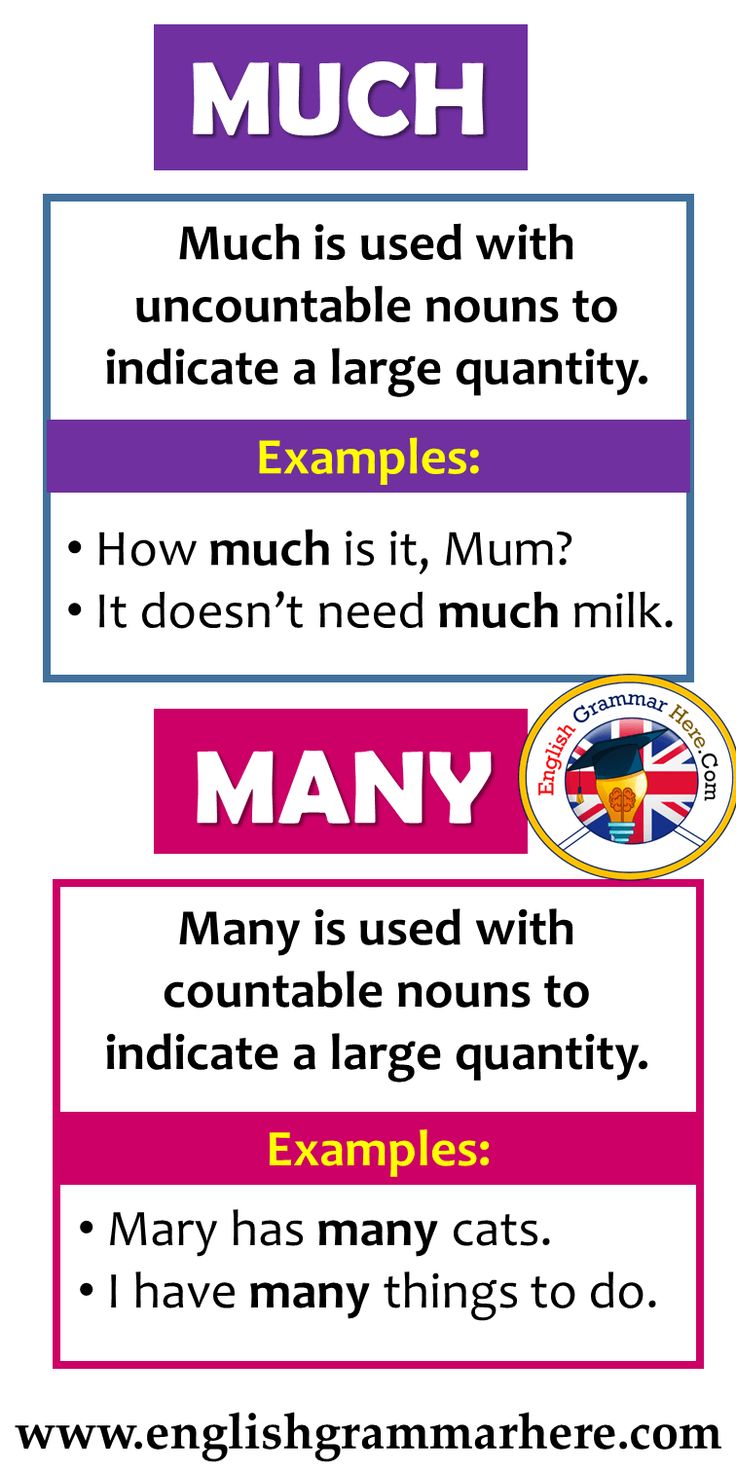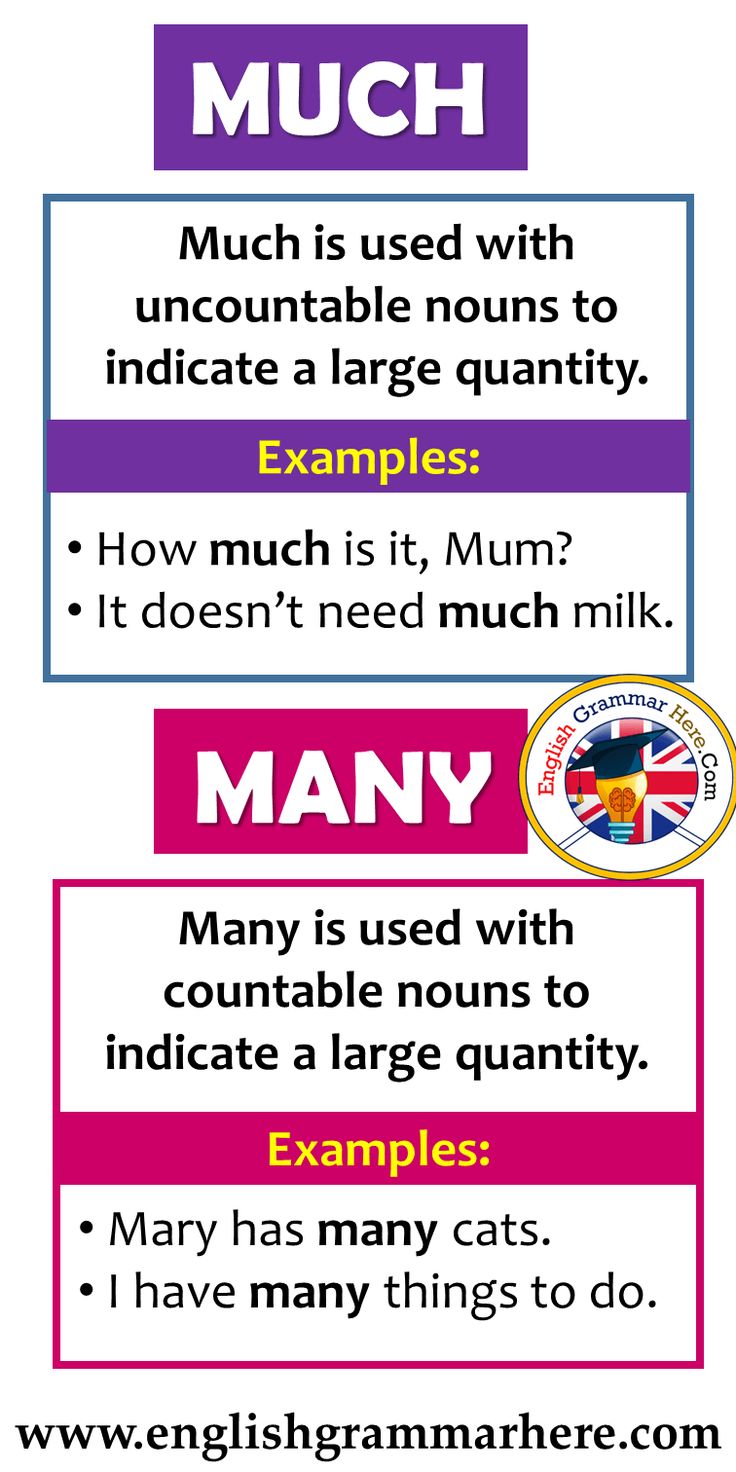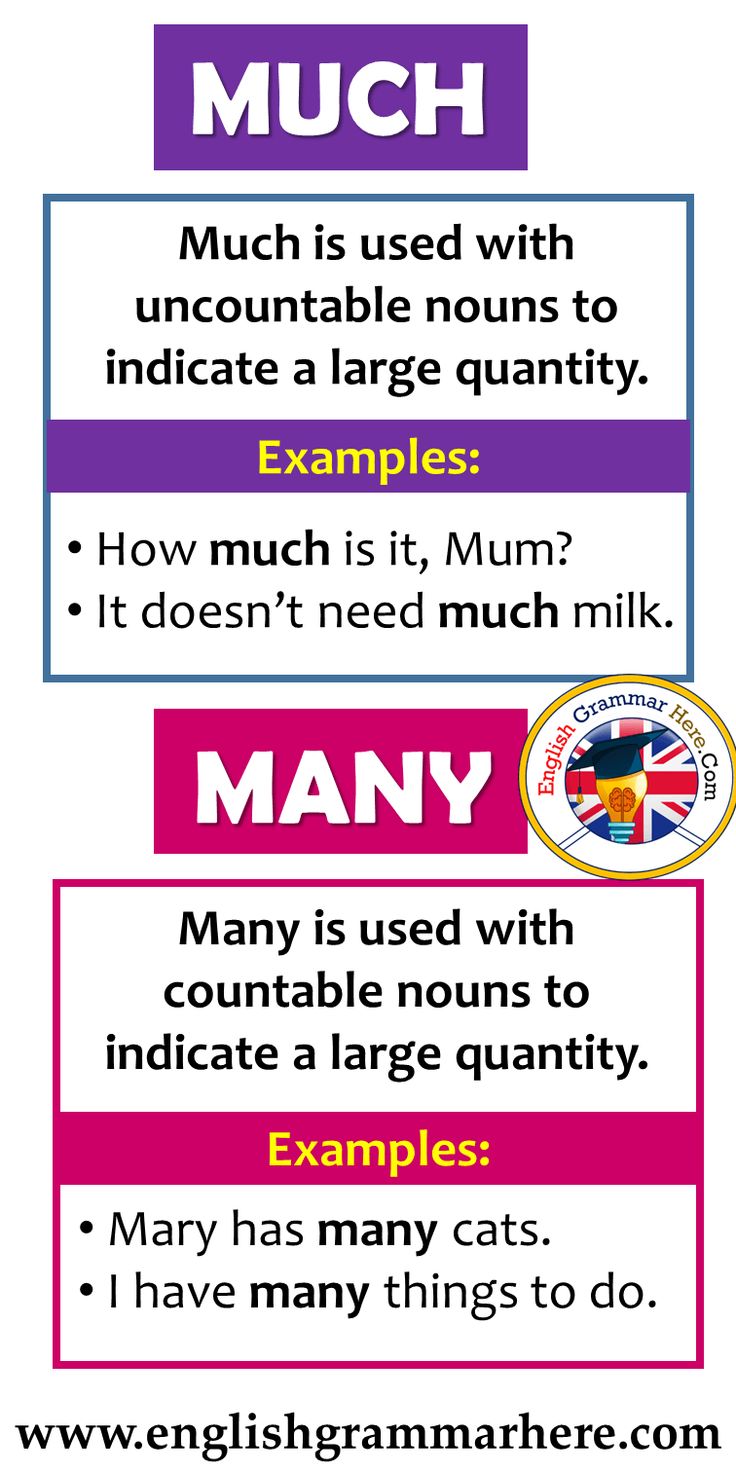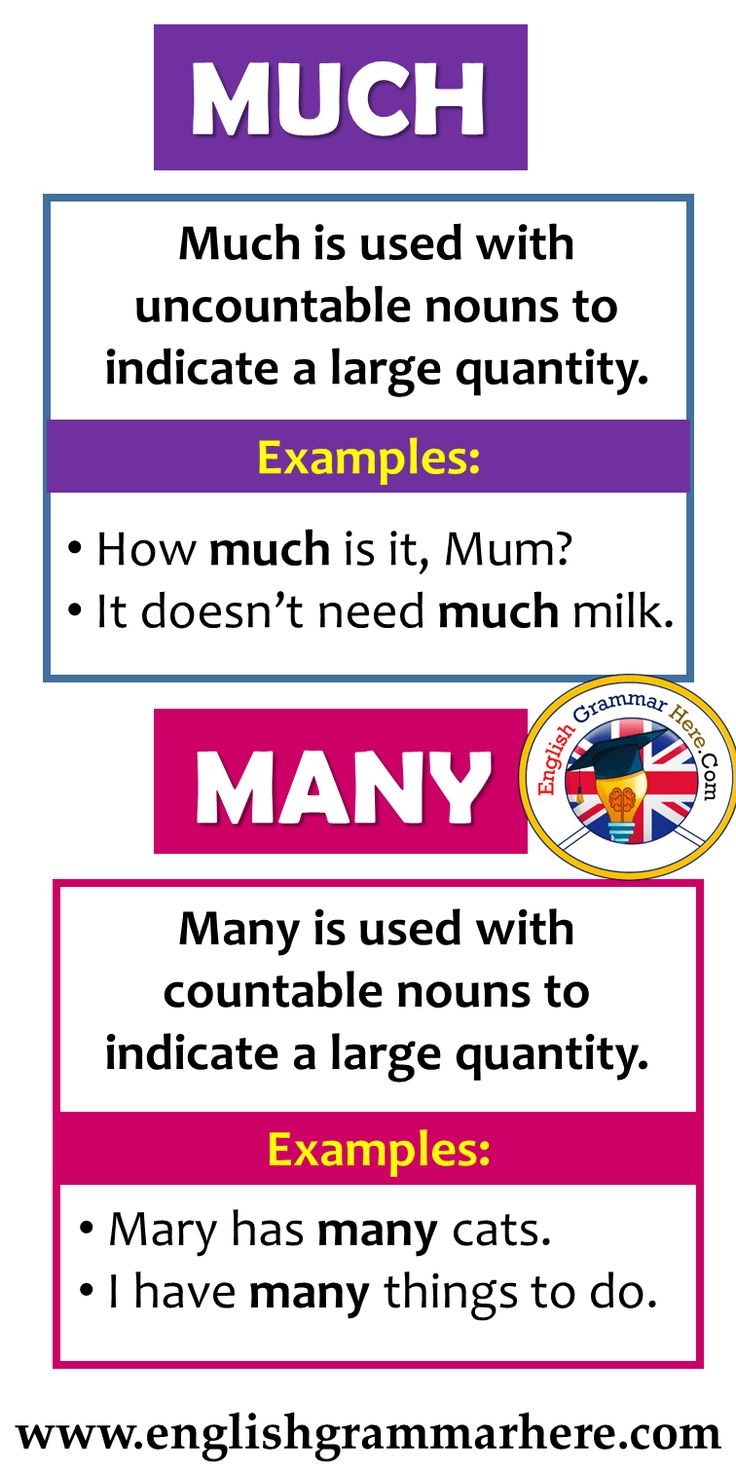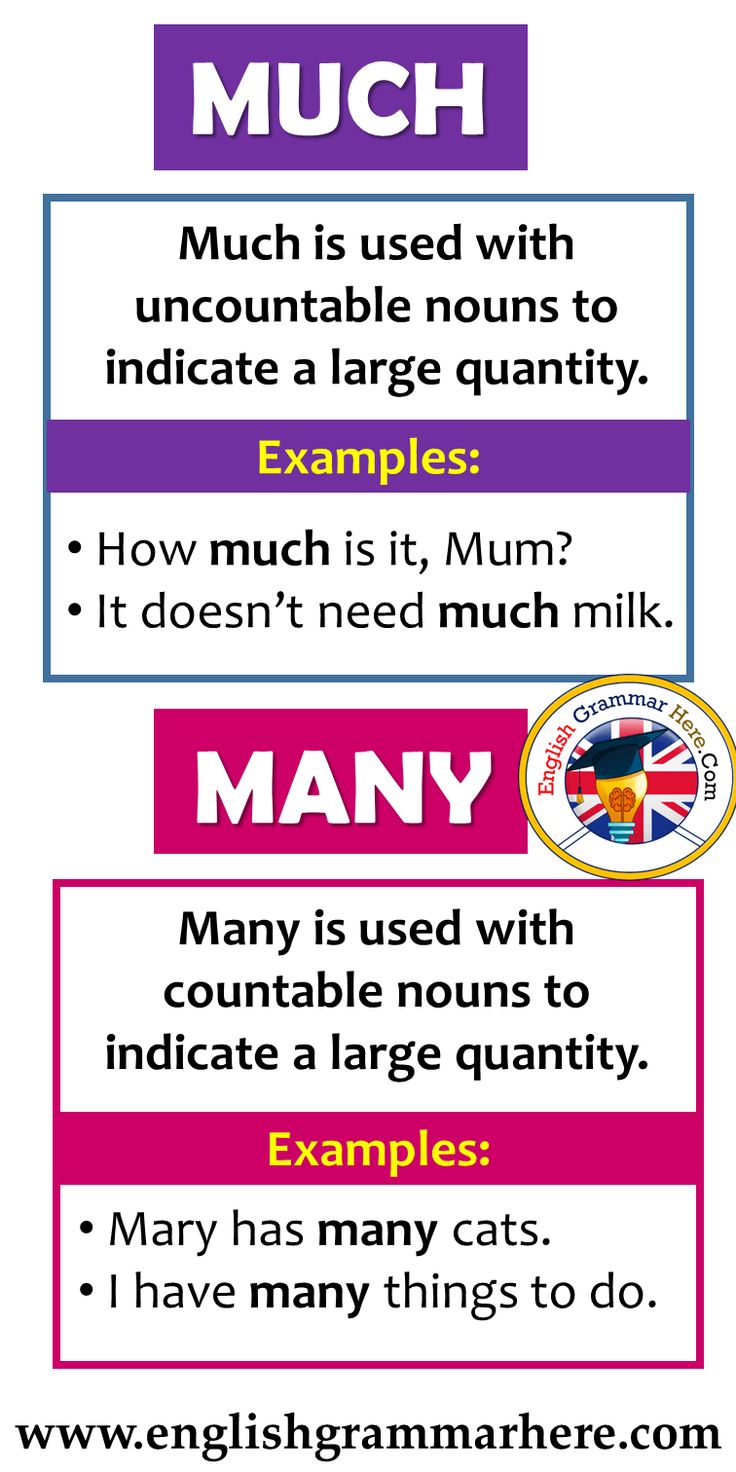How Much Does A 2019 Jeep Wrangler Weigh?
How Much Does A 2019 Jeep Wrangler Weigh? jeeps.truckstrend.com
The iconic Jeep Wrangler has long been a symbol of adventure, off-road prowess, and a unique blend of rugged capability with everyday usability. For enthusiasts and prospective owners alike, understanding the vehicle’s specifications is paramount, and among the most frequently asked questions is, "How much does a 2019 Jeep Wrangler weigh?" This seemingly simple query unlocks a wealth of information critical to performance, fuel efficiency, towing capacity, and even the vehicle’s legal compliance. The weight of your Wrangler isn’t just a number; it’s a fundamental characteristic that influences nearly every aspect of its operation and ownership experience.
In this comprehensive guide, we will delve into the intricacies of the 2019 Jeep Wrangler’s weight, exploring the various factors that contribute to its curb weight, gross vehicle weight rating (GVWR), and other crucial weight-related metrics. Whether you’re planning an epic off-road expedition, considering towing a trailer, or simply want to optimize your daily drive, understanding your Wrangler’s true weight is the first step toward informed decision-making.
How Much Does A 2019 Jeep Wrangler Weigh?
Understanding Vehicle Weight Terminology
Before we dive into the specific figures for the 2019 Jeep Wrangler, it’s essential to clarify the common terms used when discussing vehicle weight. These definitions are crucial for a complete understanding of how much your vehicle can handle.
- Curb Weight: This is the most commonly cited weight figure. It represents the total weight of a vehicle with all standard equipment, fluids (like oil, coolant, and a full tank of fuel), but without any passengers, cargo, or aftermarket accessories. It’s essentially how much the vehicle weighs "off the assembly line."
- Gross Vehicle Weight Rating (GVWR): The maximum permissible total weight of a fully loaded vehicle, including the vehicle itself, passengers, cargo, and any added accessories. Exceeding the GVWR can compromise safety, handling, and may even void warranties.
- Gross Combined Weight Rating (GCWR): The maximum permissible total weight of the fully loaded vehicle and its attached trailer, including the trailer’s cargo. This is vital for anyone planning to tow.
- Payload Capacity: This is the maximum weight of passengers and cargo that a vehicle can safely carry. It’s calculated by subtracting the curb weight from the GVWR (Payload Capacity = GVWR – Curb Weight).
- Towing Capacity: The maximum weight a vehicle is rated to tow. This is often limited by the vehicle’s engine power, transmission, chassis strength, and braking system, and is directly influenced by the GCWR.

The 2019 Jeep Wrangler (JL Generation): An Overview
The 2019 model year saw the full embrace of the JL generation, which debuted in late 2017 as a significant evolution from the JK. While maintaining its quintessential Wrangler DNA, the JL introduced a lighter, more efficient design, improved aerodynamics, and new powertrain options. For 2019, the primary engine choices were the venerable 3.6-liter Pentastar V6 and the newer 2.0-liter turbocharged inline-four with eTorque mild-hybrid technology. These engines, combined with the choice of a two-door or four-door (Unlimited) configuration, and various trim levels (Sport, Sport S, Sahara, Rubicon), significantly influence the final curb weight.
Official Curb Weights for the 2019 Jeep Wrangler
The weight of a 2019 Jeep Wrangler varies considerably depending on its specific configuration. Here are the estimated curb weight ranges for the most common models:

- 2-Door Models: These are the lightest Wranglers, designed for maximum agility and classic appeal.
- Sport/Sport S (2-door): Approximately 3,950 lbs to 4,050 lbs
- Rubicon (2-door): Approximately 4,150 lbs to 4,250 lbs (due to heavier axles, tires, and off-road equipment)

- 4-Door Unlimited Models: These longer wheelbase versions offer more passenger and cargo space, and consequently, weigh more.
- Sport/Sport S (4-door Unlimited): Approximately 4,250 lbs to 4,350 lbs
- Sahara (4-door Unlimited): Approximately 4,350 lbs to 4,500 lbs (includes more comfort features and often larger wheels)
- Rubicon (4-door Unlimited): Approximately 4,500 lbs to 4,700 lbs (heaviest due to additional length, stronger off-road components, and specialized equipment)
It’s important to note that these are approximate ranges. The exact curb weight for your specific vehicle can be found on the driver’s side door jamb sticker or in the owner’s manual.
Factors Influencing a 2019 Jeep Wrangler’s Weight
Several key factors contribute to the final weight of a 2019 Jeep Wrangler:
- Body Style (2-Door vs. 4-Door): The most significant determinant. The 4-door Unlimited models are substantially heavier due to their extended chassis, additional doors, and larger interior volume.
- Engine Option:
- 3.6L Pentastar V6: This engine is a proven workhorse.
- 2.0L Turbo eTorque I4: While smaller in displacement, the turbocharger, intercooler, and eTorque mild-hybrid system (which includes a battery and motor-generator unit) can add its own unique weight considerations. Generally, the 2.0L equipped Wranglers are slightly lighter than their 3.6L counterparts, but the difference isn’t massive.
- Transmission Type: Manual transmissions are typically a few pounds lighter than automatic transmissions, though this difference is minor in the overall scheme.
- Trim Level:
- Sport: Basic trim, generally the lightest.
- Sahara: Adds more premium features, larger wheels, and comfort-oriented components, increasing weight.
- Rubicon: Specifically designed for extreme off-roading, it includes heavier-duty components like Dana 44 axles, larger off-road tires, rock rails, and electronic sway bar disconnect, making it the heaviest trim.
- Optional Equipment and Aftermarket Modifications: This is where weight can truly fluctuate.
- Hardtop vs. Soft Top: A removable hardtop is significantly heavier than a soft top.
- Steel Bumpers/Winch: Aftermarket steel bumpers and a winch can add 150-300+ lbs.
- Larger Tires and Wheels: Heavy-duty off-road tires and beadlock wheels can add substantial unsprung weight.
- Lift Kits/Suspension Components: While some components might be lighter, heavy-duty springs, shocks, and control arms can add weight.
- Armor/Skid Plates: Protecting the undercarriage adds significant weight.
- Roof Racks/Cargo Systems: Designed to carry gear, but add their own weight when empty.
Why Vehicle Weight Matters for Your Wrangler
Understanding the weight of your 2019 Jeep Wrangler is crucial for several practical reasons:
- Performance: A lighter vehicle generally offers better acceleration and more responsive handling. Added weight will reduce performance and increase braking distances.
- Fuel Economy: More weight means the engine has to work harder to move the vehicle, directly impacting fuel consumption. Every extra pound translates to slightly lower MPG.
- Towing and Payload Capacity: Your Wrangler has strict limits for how much it can tow and carry. Exceeding these limits is dangerous and can cause premature wear on the engine, transmission, brakes, and suspension. Knowing your curb weight helps you calculate how much cargo and passengers you can safely carry.
- Off-Road Capability: Weight distribution and overall mass significantly affect a Wrangler’s off-road performance. A heavier vehicle can be more prone to sinking in soft terrain or becoming unstable on steep inclines.
- Safety: In a collision, vehicle weight plays a role in crash dynamics. Also, an overloaded vehicle handles poorly, increasing the risk of an accident.
- Legal Compliance: Some roads, bridges, and ferries have weight restrictions. Knowing your vehicle’s weight, especially when loaded or towing, ensures you stay within legal limits.
Practical Advice for Owners
- Check Your Specific Vehicle: Always refer to the sticker on your driver’s side door jamb for the precise curb weight, GVWR, and GAWR (Gross Axle Weight Rating) of your 2019 Jeep Wrangler. This accounts for factory-installed options.
- Account for Modifications: If you’ve added aftermarket bumpers, a winch, larger tires, or other heavy accessories, your actual curb weight is higher than the factory specification. Consider taking your vehicle to a commercial scale (like those found at truck stops or recycling centers) to get an accurate measurement.
- Calculate Your Payload: Subtract your vehicle’s actual curb weight (including modifications) from its GVWR to determine your remaining payload capacity. This is how much weight you can still add in passengers and cargo.
- Don’t Overload: Never exceed your Wrangler’s GVWR, GCWR, or individual axle weight ratings. This is critical for safety and longevity.
- Consider Weight Distribution: When loading your Wrangler, especially for off-roading, try to distribute weight evenly to maintain balance and optimize handling.
2019 Jeep Wrangler JL Estimated Curb Weights and Capacities
The following table provides a comprehensive overview of estimated weights and capacities for various 2019 Jeep Wrangler configurations. Please remember that actual figures may vary based on specific options and factory variations.
| Configuration | Engine Type | Transmission | Estimated Curb Weight (lbs) | GVWR (lbs) | Max Payload (lbs) | Max Towing (lbs) |
|---|---|---|---|---|---|---|
| 2-Door Models | ||||||
| Sport | 3.6L V6 | Manual | 3,950 | 5,000 | 1,050 | 2,000 |
| Sport | 3.6L V6 | Automatic | 3,990 | 5,000 | 1,010 | 2,000 |
| Sport | 2.0L Turbo eTorque | Automatic | 3,960 | 5,000 | 1,040 | 2,000 |
| Rubicon | 3.6L V6 | Manual | 4,150 | 5,300 | 1,150 | 2,000 |
| Rubicon | 3.6L V6 | Automatic | 4,190 | 5,300 | 1,110 | 2,000 |
| Rubicon | 2.0L Turbo eTorque | Automatic | 4,160 | 5,300 | 1,140 | 2,000 |
| 4-Door Unlimited Models | ||||||
| Sport | 3.6L V6 | Manual | 4,250 | 5,500 | 1,250 | 3,500 |
| Sport | 3.6L V6 | Automatic | 4,290 | 5,500 | 1,210 | 3,500 |
| Sport | 2.0L Turbo eTorque | Automatic | 4,260 | 5,500 | 1,240 | 3,500 |
| Sahara | 3.6L V6 | Automatic | 4,390 | 5,700 | 1,310 | 3,500 |
| Sahara | 2.0L Turbo eTorque | Automatic | 4,360 | 5,700 | 1,340 | 3,500 |
| Rubicon | 3.6L V6 | Manual | 4,500 | 5,800 | 1,300 | 3,500 |
| Rubicon | 3.6L V6 | Automatic | 4,540 | 5,800 | 1,260 | 3,500 |
| Rubicon | 2.0L Turbo eTorque | Automatic | 4,510 | 5,800 | 1,290 | 3,500 |
Note: Max payload and towing capacities are derived from factory specifications and assume a base vehicle. Any added accessories or modifications will reduce these capacities.
Frequently Asked Questions (FAQ)
Q1: Where can I find the exact weight of my specific 2019 Jeep Wrangler?
A1: The most accurate information for your specific vehicle is typically found on a sticker located on the driver’s side door jamb. This sticker will list the Curb Weight, GVWR (Gross Vehicle Weight Rating), and GAWR (Gross Axle Weight Rating). You can also find this information in your owner’s manual.
Q2: Does removing the doors or roof make a significant difference to the Wrangler’s weight?
A2: While removing the doors and roof (especially a hardtop) will reduce the vehicle’s overall weight, the difference is not substantial enough to drastically alter performance or fuel economy for daily driving. It might be noticeable for competitive off-roading or very specific weight-sensitive scenarios, but it won’t change your official GVWR or towing capacity.
Q3: How much does a full tank of gas add to the weight?
A3: The 2019 Jeep Wrangler has a fuel tank capacity of 17.5 gallons (2-door) or 21.5 gallons (4-door). Gasoline weighs approximately 6.07 pounds per gallon. So, a full tank adds about 106 lbs for a 2-door and 130 lbs for a 4-door. Remember, curb weight figures typically include a full tank of fuel.
Q4: Will adding aftermarket accessories like larger tires or steel bumpers affect my Wrangler’s performance?
A4: Yes, adding heavy aftermarket accessories will increase your vehicle’s curb weight, which can negatively impact acceleration, braking, handling, and fuel economy. It also reduces your available payload capacity. For instance, heavier tires and wheels add unsprung weight, which can make the suspension work harder.
Q5: What happens if I exceed my Wrangler’s GVWR or towing capacity?
A5: Exceeding weight limits can lead to several dangerous and damaging consequences:
- Compromised braking ability and longer stopping distances.
- Reduced steering control and unstable handling.
- Excessive wear and tear on the engine, transmission, brakes, suspension, and tires.
- Potential for structural damage to the vehicle’s frame.
- Voiding of vehicle warranties.
- Legal penalties and safety risks.
Always stay within the manufacturer’s specified limits.
Conclusion
Understanding "How Much Does A 2019 Jeep Wrangler Weigh" is far more than a trivial detail; it’s a fundamental aspect of responsible vehicle ownership and operation. From the base curb weight that defines its factory state to the critical GVWR and GCWR that dictate its limits, every pound plays a role in your Wrangler’s performance, safety, and utility.
The 2019 Jeep Wrangler, in its various 2-door and 4-door configurations, with different engine and trim options, offers a wide range of weights, typically spanning from just under 4,000 lbs for a base 2-door Sport to over 4,700 lbs for a fully equipped 4-door Rubicon. By carefully considering these weights, accounting for any aftermarket modifications, and adhering to the manufacturer’s specified capacities, you can ensure your iconic off-roader continues to deliver the unparalleled adventure and reliability it’s famous for, safely and efficiently, for years to come.

